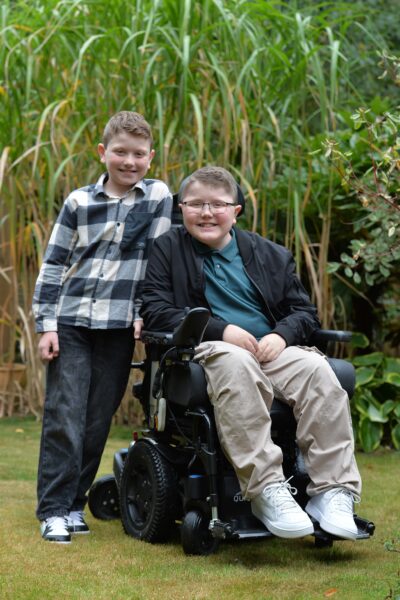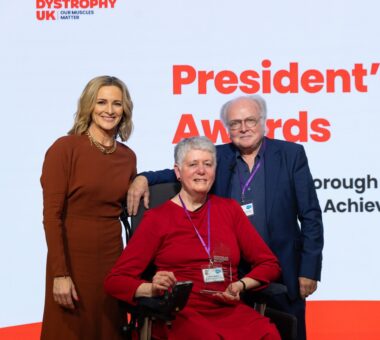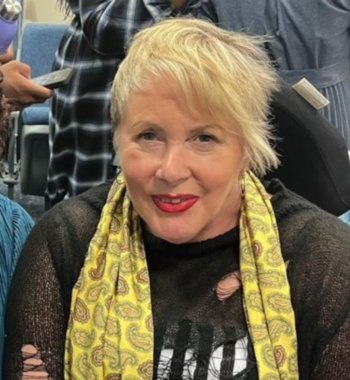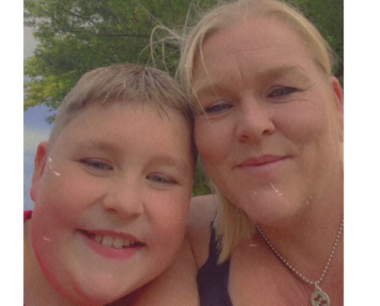The newsletter for our supporters.
Research News
We’re making great progress. But there is still so much that needs to be done. Donate today.
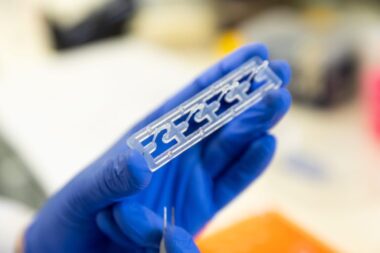
Dr Daniel Moore recently completed his PhD research which focused on identifying a potential gene therapy for a group of muscular dystrophies called laminopathies, using ‘mini muscles’ created in the lab.
These ‘mini muscle’ models behave like the muscles in people affected by these conditions.
Laminopathies are diseases caused by genetic changes in a gene called LMNA, which makes proteins called nuclear lamins.
These proteins play a vital role in supporting the control centre of the cell – the nucleus. In people affected by these conditions, changes to the shape of the nucleus within muscle cells is seen.
This eventually leads to muscle cell death over time.
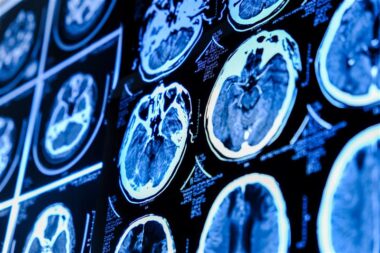
This project is part of the Brain Involvement in Dystrophinopathies (BIND) study which has been partially-funded through one of our research grants. The aim of the study is to improve the understanding and measurement of dystrophin in the brain.
Dystrophin is a protein which plays a key role in maintaining muscle strength. People with Duchenne muscular dystrophy (DMD) and Becker muscular dystrophy (BMD) produce less or no dystrophin, which results in damage to their muscles.
While there has been a lot of research looking at how dystrophin affects the muscles, there has been less research looking at its impact on the brain, and what happens in the brains of people living with DMD and BMD.
Get involved

Be one of the first to check out our spring selection of water bottles, gifts, bags and so much more.

If you shop online, you can raise free funds for us while you shop! Simply join Give As You Live (GAYL) to start raising free donations for us, at no cost to yourself.
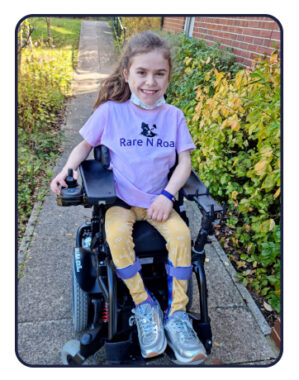
Help change the future for muscle wasting conditions for children like Carmela (above) – as well as have a chance to win fantastic cash prizes – by entering our Weekly Lottery!
